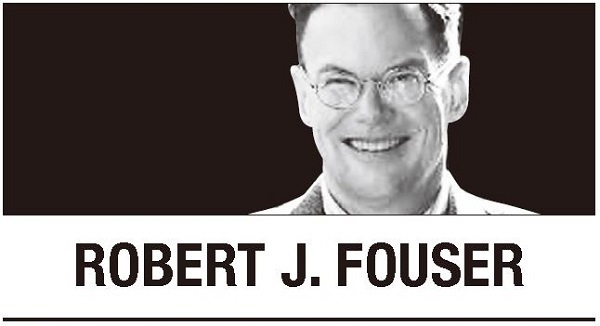
The deadly crowd crush during Halloween celebrations in Itaewon on Oct. 29 shocked the nation to its core. The death toll amounted to at least 156, including 26 foreigners from 14 countries. Hundreds of others were injured and thousands across the nation are dealing with trauma. Nearly all the dead were young people who had gathered in narrow alleys lined with bars and clubs to celebrate Halloween.
As the nation mourned, attention turned to questions about how such a deadly crowd crush could have been avoided. A detailed investigation of the disaster is underway, but it has become clear that crowd was far too dense for the size of the steeply sloping alleys. Pushing at the top pressed people below, creating the deadly cascade that crush people at the bottom. Preventing the alleys from reaching such high density would most certainly have reduced the likelihood of such a high death toll.
Results of the investigation will offer more detail, but it is already clear that more effective crowd control, particularly of spontaneous gatherings, is needed. Improved safety protocols and cooperation between local authorities and businesses is also needed. Meanwhile, officials and organizations who are found to have been negligent should bear responsibility for their actions.
Sadly, as the nation mourns, political groups on the right and left are busy spinning the news in their favor. Some of the spin echoes what occurred after the Sewol ferry disaster in 2014. The right spun the disaster as an accident caused by greedy individuals, whereas the left spun it as a reflection of then-President Park Geun-hye’s incompetence. Those same battle lines are emerging in response to the disaster in Itaewon, but with some updates. Right-leaning groups have framed it as an accident while hinting that Halloween celebrations themselves were a problem. Left-leaning groups, meanwhile, remain focused on the question of responsibility, hoping to entrap President Yoon Suk-yeol.
The political divide is not unique to South Korea. It was on full display in the US in the first year of the COVID-19 pandemic. The right, under the influence of Donald Trump, tried to downplay the severity of the COVID-19, whereas the left focused on severity of the disease and blamed the right for undermining public efforts to control it. Similar polarized discussions of the pandemic appeared in many other countries.
Then there is the foreign media’s spin on South Korea. After the Sewol ferry disaster, some articles in the English-language press argued that “hierarchical Confucian cultural attitudes” played a role in the disaster. Confucianism has yet to appear in English-language media, but that may be a matter of time.
Some articles have been quick to dredge up the trope about South Korea as have lax safety standards and lax enforcement of standards that exist, suggesting some fault in the “national character.” This comes from the era of “ppalli ppalli” (hurry up) during the economic boom in the late 20th century. In the rush to develop, safety often took second to getting things done. The collapses of Seongsu Bridge in 1994 and Sampung Department Store in 1995 were seminal events of that era.
Social development and maturation over the past 20 years have caused “ppalli ppalli” to fade into the past. Digitalization has helped as well because so many things that people pushed to get done quickly are now done with a few clicks.
South Korea’s effective response to the COVID-19 pandemic, particularly during the first year before vaccines were available, undermines the notion that South Korean regulations are weak or that authorities cut corners. As elsewhere, South Korea continues to update health and safety efforts in response to new challenges.
South Korea has also taken the initiative in introducing preventive health and safety measures. One example is the safety doors along subway station platforms that prevent people from falling onto the tracks. Another example is a broad push to reduce smoking. In 1998, 66 percent of Korean men over the age of 19 smoked, but that had halved to 33 percent by 2020, while the rate for women remains low at 5.5 percent. The sharp drop in smoking among men means that South Korea now has a lower rate of adult smoking than most European nations and the US.
In an age when everything is political and magnified by social media, disasters that in different times would have brought people together end up dividing them. Effective measures to prevent future crowded crushes and to improve emergency response are important first steps toward restoring public trust and bringing the nation together.
By Robert J. Fouser
Robert J. Fouser, a former associate professor of Korean language education at Seoul National University, writes on Korea from Providence, Rhode Island. He can be reached at robertjfouser@gmail.com. -- Ed.







